
The Modern Portfolio: How to Integrate Token Metrics AI Indices into Your Overall Investment Strategy

For decades, the traditional investment portfolio followed a simple formula: stocks for growth, bonds for stability, perhaps some real estate and commodities for diversification. Financial advisors recommended age-based allocations like "60% stocks, 40% bonds" and called it a day. But the investment landscape has fundamentally changed. Cryptocurrency has emerged as a new asset class offering unique characteristics—extraordinary growth potential, low correlation with traditional assets, and exposure to transformative technology reshaping global finance.
The question facing today's investors isn't whether cryptocurrency deserves a place in portfolios—institutional investors from pension funds to university endowments have already answered that affirmatively. The real questions are: how much cryptocurrency should you hold, how should crypto allocation interact with traditional investments, and how can you integrate crypto systematically without disrupting your overall financial plan?
Token Metrics AI Indices provide the solution—professional-grade crypto exposure that integrates seamlessly into diversified investment portfolios. This comprehensive guide explores optimal asset allocation strategies incorporating cryptocurrency, demonstrates how Token Metrics indices complement traditional investments, and provides practical frameworks for building truly modern portfolios positioned for the 21st century economy.
Understanding Asset Classes and Portfolio Construction Fundamentals
The Core Asset Classes
Traditional portfolio theory recognizes several core asset classes, each serving distinct purposes. Equities (stocks) provide growth potential and inflation protection but with significant volatility. Fixed income (bonds) offers stability and income with lower returns. Real estate delivers inflation hedge, income, and diversification from financial assets. Commodities provide inflation protection and crisis hedge. Cash equivalents ensure liquidity and capital preservation.
Each asset class exhibits different risk-return characteristics and behaves differently under various economic conditions. Effective portfolio construction combines these asset classes to optimize risk-adjusted returns based on individual circumstances, goals, and time horizons.
Where Cryptocurrency Fits
Cryptocurrency represents a unique asset class with characteristics distinct from traditional categories. It offers equity-like growth potential with returns potentially exceeding stocks, low correlation with traditional assets providing genuine diversification benefits, exposure to transformative technology creating new value, and global, 24/7 accessibility without geographic constraints.
However, cryptocurrency also brings challenges including extreme volatility exceeding all traditional asset classes, regulatory uncertainty as frameworks continue evolving, technological complexity requiring specialized knowledge, and limited historical data compared to centuries of stock and bond history.
Understanding these characteristics allows intelligent integration of crypto into diversified portfolios, capturing benefits while managing unique risks.
The Power of Multi-Asset Diversification
Research demonstrates that asset allocation—how you divide capital among different asset classes—determines 90%+ of portfolio returns over time. Security selection (which specific stocks or cryptocurrencies you hold) matters far less than asset allocation decisions.
This principle underscores the importance of thoughtful crypto integration. Adding cryptocurrency to portfolios already containing stocks, bonds, and other assets can improve risk-adjusted returns if done intelligently. Token Metrics indices facilitate this integration by providing systematic crypto exposure that behaves as a distinct asset class within broader portfolios.
Determining Your Optimal Crypto Allocation
The 1-10% Guideline
Financial advisors and institutional investors typically recommend cryptocurrency allocations between 1-10% of total investable assets. This range provides meaningful exposure to crypto's growth potential while limiting portfolio impact if crypto experiences severe drawdowns.
The appropriate allocation within this range depends on multiple factors. Conservative investors near retirement might limit crypto to 1-3%, prioritizing capital preservation over growth. Moderate investors with balanced objectives might allocate 5-7%, accepting reasonable volatility for enhanced returns. Aggressive investors with long time horizons might reach 10-15%, maximizing exposure to crypto's transformative potential.
Age represents a crucial consideration. A 30-year-old investing for retirement 35 years away can tolerate crypto's volatility—even complete loss wouldn't derail their financial future. A 65-year-old depending on portfolio income cannot afford similar risk. General guidelines suggest reducing crypto allocation by 0.5-1% for each decade of age, though individual circumstances vary.
Risk Capacity vs. Risk Tolerance
Distinguish between risk capacity—your financial ability to absorb losses—and risk tolerance—your psychological comfort with volatility. Someone with $5 million in assets has greater risk capacity than someone with $100,000, even if both have equal risk tolerance.
Assess risk capacity by evaluating:
- Total net worth and liquidity
- Income stability and growth trajectory
- Time horizon until capital is needed
- Financial obligations and dependents
Higher risk capacity supports larger crypto allocations even if you personally dislike volatility.
Risk tolerance reflects your emotional response to portfolio declines. If 30% portfolio drops cause anxiety preventing sleep, your risk tolerance is lower regardless of financial capacity. Token Metrics' systematic approach helps by removing day-to-day decision-making, but you must still tolerate seeing portfolio values fluctuate significantly.
The Barbell Approach to Crypto Allocation
Many sophisticated investors employ a "barbell strategy" for crypto—combining very safe assets with very risky ones while avoiding the middle. Within crypto allocation, this might mean:
- 60-70% in Token Metrics' large-cap indices (Bitcoin/Ethereum-focused) providing relative stability
- 20-30% in balanced indices offering moderate risk-reward
- 10-20% in growth or sector-specific indices for asymmetric upside
This barbell creates a portfolio with defined risk boundaries (large-cap indices) and controlled speculation (growth indices), avoiding the muddled middle ground that provides neither safety nor exceptional returns.
Integrating Token Metrics Indices with Traditional Asset Classes
Crypto and Equities: Complementary Growth Engines
Equities and cryptocurrency both provide growth potential, but they often move independently. Stock market performance depends on corporate earnings, economic growth, interest rates, and market sentiment. Cryptocurrency performance depends on technology adoption, regulatory developments, network effects, and crypto-specific sentiment.
This low correlation (typically +0.2 to +0.4 between Bitcoin and S&P 500) means that adding crypto to equity portfolios can actually reduce overall portfolio volatility while maintaining or enhancing returns—the holy grail of portfolio construction.
For equity-focused investors, consider maintaining core equity allocation (40-60% of total portfolio) and adding 5-10% crypto allocation through Token Metrics indices. During periods when equities struggle (like rising interest rate environments), crypto can provide offsetting returns. When both rally together, you capture gains across asset classes.
Crypto and Fixed Income: Balancing Growth and Stability
Traditional portfolio theory combines stocks and bonds—stocks for growth, bonds for stability. Adding cryptocurrency creates a three-asset framework offering even more optimization opportunities.
For investors with traditional 60/40 (stock/bond) portfolios, consider reducing slightly to 55/35 and adding 10% crypto allocation through Token Metrics indices. This maintains overall risk profile similar to 60/40 while adding exposure to crypto's asymmetric upside. The bond allocation still provides stability during equity market stress, while crypto allocation captures digital asset growth uncorrelated with traditional markets.
During periods of rising interest rates that hurt both stocks and bonds, cryptocurrency's independence from interest rate sensitivity can provide portfolio ballast. Conversely, crypto's volatility is partially offset by bond stability, creating a more resilient overall portfolio.
Crypto and Real Estate: Alternative Assets in Harmony
Real estate and cryptocurrency represent alternative assets offering diversification from financial markets. Real estate provides tangible asset exposure, steady income, and inflation protection. Cryptocurrency offers digital asset exposure, capital appreciation potential, and technological innovation exposure.
Investors with significant real estate holdings (whether direct property ownership or REITs) can add crypto allocation creating alternative asset diversification. The physical nature of real estate contrasts with crypto's purely digital existence, providing genuinely uncorrelated exposure.
Consider maintaining 20-30% real estate allocation for income and stability, 50-60% in equities for growth, and 5-10% in crypto through Token Metrics indices. This creates a well-rounded portfolio with multiple diversification dimensions.
Strategic Asset Allocation: The Foundation
Strategic asset allocation establishes target percentages for each asset class based on your long-term objectives and circumstances. For example: 50% equities, 30% fixed income, 10% real estate, 5% cryptocurrency, 5% cash.
These targets remain relatively stable over time, changing only when circumstances change significantly (career transition, inheritance, approaching retirement). Token Metrics indices integrate seamlessly into strategic allocation frameworks, representing the crypto portion of your target allocation.
Establish strategic allocation by defining long-term return requirements, assessing risk capacity and tolerance, considering time horizon and liquidity needs, and evaluating tax situation and account structures. Document this allocation in an Investment Policy Statement guiding all future decisions.
Tactical Asset Allocation: Dynamic Adjustments
While strategic allocation remains stable, tactical allocation involves temporary deviations based on market conditions. If equities appear overvalued, you might reduce to 45% temporarily. If crypto experiences severe bear market creating attractive valuations, you might increase allocation to 7% temporarily.
Token Metrics indices support tactical allocation through different index options. During bullish crypto conditions, tilt toward growth indices. During bearish conditions, emphasize large-cap indices or reduce overall crypto exposure. This tactical flexibility optimizes returns while maintaining strategic allocation discipline.
Get Started For Free
Rebalancing: The Key to Multi-Asset Success
The Rebalancing Imperative
As different asset classes perform differently, portfolios drift from target allocations. During stock bull markets, equity allocation grows. During crypto surges, crypto allocation expands. Without rebalancing, portfolios become progressively more concentrated in recent winners—often at elevated valuations.
Rebalancing involves systematically returning to target allocations by selling portions of outperformers (taking profits) and buying underperformers (buying low). This disciplined approach enforces profitable behavior that feels counterintuitive emotionally.
For portfolios including Token Metrics indices, rebalancing might mean selling portions of crypto holdings after significant rallies to restore target allocation, or adding to crypto positions during bear markets when allocation has shrunk below target. This systematic approach improves long-term returns while managing risk.
Rebalancing Strategies
Several rebalancing approaches work effectively:
- Calendar rebalancing occurs at fixed intervals (quarterly, annually) regardless of portfolio drift. This approach is simple and removes discretion but may rebalance unnecessarily when drift is minimal.
- Threshold rebalancing triggers when allocations drift beyond predetermined ranges (e.g., rebalance if crypto grows from 5% target to 7%+). This approach responds to actual portfolio changes but requires ongoing monitoring.
- Hybrid approaches combine calendar and threshold methods—checking allocations quarterly and rebalancing only if drift exceeds thresholds. This balances simplicity with responsiveness.
Choose rebalancing strategy based on account structure (retirement accounts with no tax consequences support more frequent rebalancing), transaction costs (minimizing trades reduces costs), and tax situation (managing capital gains timing).
Tax-Efficient Rebalancing
In taxable accounts, rebalancing triggers tax consequences. Selling appreciated assets creates capital gains requiring tax payments. Optimize tax efficiency by:
- Prioritizing rebalancing within retirement accounts where transactions don't trigger immediate taxes
- Using new contributions to rebalance rather than selling appreciated assets
- Harvesting tax losses to offset gains when rebalancing
- Considering tax implications when deciding rebalancing frequency
Token Metrics indices already implement internal rebalancing. Your rebalancing focuses on maintaining target allocation between crypto (Token Metrics holdings) and other asset classes, not selecting individual cryptocurrencies.
Account Structure and Tax Optimization
Retirement Accounts: The Optimal Home for Crypto
When possible, hold cryptocurrency investments in retirement accounts like IRAs or 401(k)s. These accounts offer enormous tax advantages including tax-deferred growth with no annual capital gains taxes, freedom to rebalance without tax consequences, and potential for tax-free withdrawals (Roth accounts).
Cryptocurrency's high growth potential and volatility make retirement accounts ideal. Gains compound without tax drag, and rebalancing doesn't trigger immediate tax obligations. Over decades, tax-deferred crypto growth can create substantially larger wealth than taxable accounts.
Some IRA custodians allow cryptocurrency holdings. Explore options for implementing Token Metrics strategies within self-directed IRAs, maximizing tax efficiency while accessing professional crypto management.
Taxable Accounts: Managing Tax Implications
When holding crypto in taxable accounts, implement tax-efficient strategies including:
- Long-term holding for favorable capital gains treatment
- Systematic tax-loss harvesting to offset gains
- Considering tax implications before rebalancing
- Maintaining detailed records for tax reporting
Token Metrics provides transaction histories supporting tax compliance. Consider working with crypto-specialized tax professionals to optimize your specific situation.
Coordinating Across Multiple Accounts
Many investors hold multiple accounts—401(k)s, IRAs, taxable brokerage, HSAs. Optimal asset allocation considers all accounts collectively rather than managing each independently.
Place tax-inefficient assets (generating significant capital gains or income) in tax-advantaged accounts, and hold tax-efficient assets (minimal distributions) in taxable accounts. For crypto, prioritize retirement accounts when possible. If crypto allocation must span multiple accounts, consider placing more aggressive crypto strategies (growth indices requiring frequent rebalancing) in retirement accounts and stable large-cap crypto indices in taxable accounts.
Practical Implementation: Building Your Modern Portfolio
Step-by-Step Integration Process
Integrate Token Metrics indices into your portfolio systematically. First, assess current portfolio allocation across all accounts. Calculate percentages in equities, fixed income, real estate, cash, and crypto. Then determine target allocation including desired crypto percentage. Consider risk capacity, tolerance, time horizon, and goals.
Select appropriate Token Metrics indices matching your crypto allocation strategy. If 5% total allocation, perhaps 3% in large-cap index and 2% in balanced index. Calculate dollar amounts for each index based on total portfolio value and target percentages.
Implement gradually through dollar-cost averaging over 3-6 months rather than immediately deploying full allocation. This reduces timing risk and allows building comfort with crypto exposure. Establish rebalancing schedule and thresholds for maintaining target allocation.
Monitoring and Adjustment
After implementation, monitor portfolio performance quarterly. Review allocation drift from targets, evaluate whether targets remain appropriate given changing circumstances, and assess whether selected Token Metrics indices continue aligning with strategy.
Annual comprehensive reviews should include:
- Updating financial goals and time horizons
- Reassessing risk capacity and tolerance
- Evaluating tax situation and account structures
- Considering adjustments to target allocations or index selection
Document changes and rationale in your Investment Policy Statement, maintaining discipline while allowing appropriate evolution as circumstances change.
Common Integration Mistakes to Avoid
Treating Crypto as Separate from Overall Portfolio
Many investors treat crypto as completely separate from traditional portfolios, managing them independently. This siloed approach prevents effective risk management and optimal allocation.
View crypto as one component of integrated portfolio. When crypto surges and grows from 5% to 10% of total portfolio, that concentration risk demands attention regardless of crypto's performance. Rebalancing maintains target risk profile across entire portfolio.
Overreacting to Crypto Volatility
Cryptocurrency's volatility can dominate attention despite representing small portfolio percentages. A 50% crypto decline sounds catastrophic, but if crypto represents 5% of your portfolio, the total portfolio impact is 2.5%—meaningful but manageable.
Maintain perspective about crypto's role in overall portfolio. Focus on total portfolio volatility and returns rather than fixating on crypto's gyrations.
Ignoring Correlation Changes
Correlations between assets change over time. During extreme market stress, correlations often increase as everything moves together. During calm periods, correlations decrease as asset classes move more independently.
Monitor correlation patterns between crypto and traditional assets. If correlations increase persistently, crypto provides less diversification benefit, potentially warranting allocation adjustments.
Token Metrics: Empowering Systematic Crypto Integration
Token Metrics delivers AI-powered crypto indices designed for seamless integration with traditional portfolios. These indices are engineered by sophisticated algorithms and data-driven analysis, providing investors access to diversified, systematic crypto exposure. With professional-grade research, regular rebalancing, and portfolio monitoring tools, Token Metrics enables investors to manage their digital asset allocation in line with their strategic objectives. By using Token Metrics indices, investors can gain reliable, technology-driven exposure to cryptocurrency, aligned with best practices for risk management and portfolio construction.
Frequently Asked Questions (FAQ)
How much of my portfolio should I allocate to cryptocurrency?
Many experts suggest allocating 1-10% of an overall portfolio to cryptocurrency, adjusting for risk tolerance, time horizon, and investment objectives. Age, total net worth, and personal risk comfort are all important factors to consider.
How can crypto indices improve portfolio diversification?
Crypto indices often exhibit low correlation to traditional assets like stocks and bonds. Adding them to a diversified portfolio may help reduce overall volatility and enhance risk-adjusted returns when managed systematically.
What are the risks of integrating crypto with traditional assets?
Crypto's primary risks include high volatility, regulatory uncertainty, and technological complexity. Integrating crypto requires careful allocation sizing, rebalancing, and understanding its behavior compared to other asset classes.
How often should I rebalance my crypto allocation?
Many investors rebalance quarterly or annually. Others use thresholds (e.g., if allocation drifts by 2%+) to trigger rebalancing. The frequency depends on personal discipline, account structure, and tax considerations.
Should I hold crypto in retirement accounts or taxable accounts?
Retirement accounts offer tax-deferred growth and rebalancing without tax consequences, making them well-suited for volatile assets like cryptocurrency. Taxable accounts require more careful planning around tax efficiency and documentation.
Disclaimer
This blog content is for educational and informational purposes only and does not constitute investment, legal, or tax advice. Readers should consult with qualified professionals regarding their individual situation. The views expressed do not represent recommendations or guarantees of results. Cryptocurrency investing involves substantial risk, including risk of loss. Past performance is not indicative of future results.
Get Started For Free

.svg)

Create Your Free Token Metrics Account

.png)




%201.svg)
%201.svg)


%201.svg)




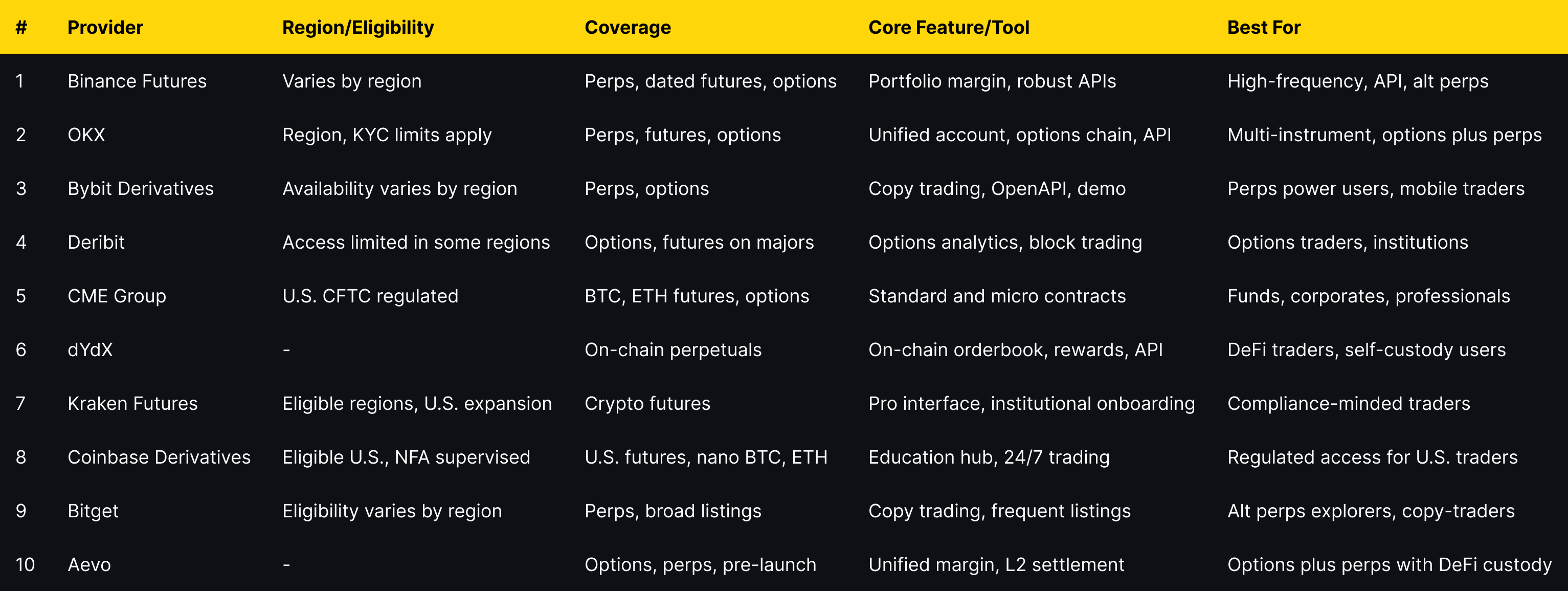
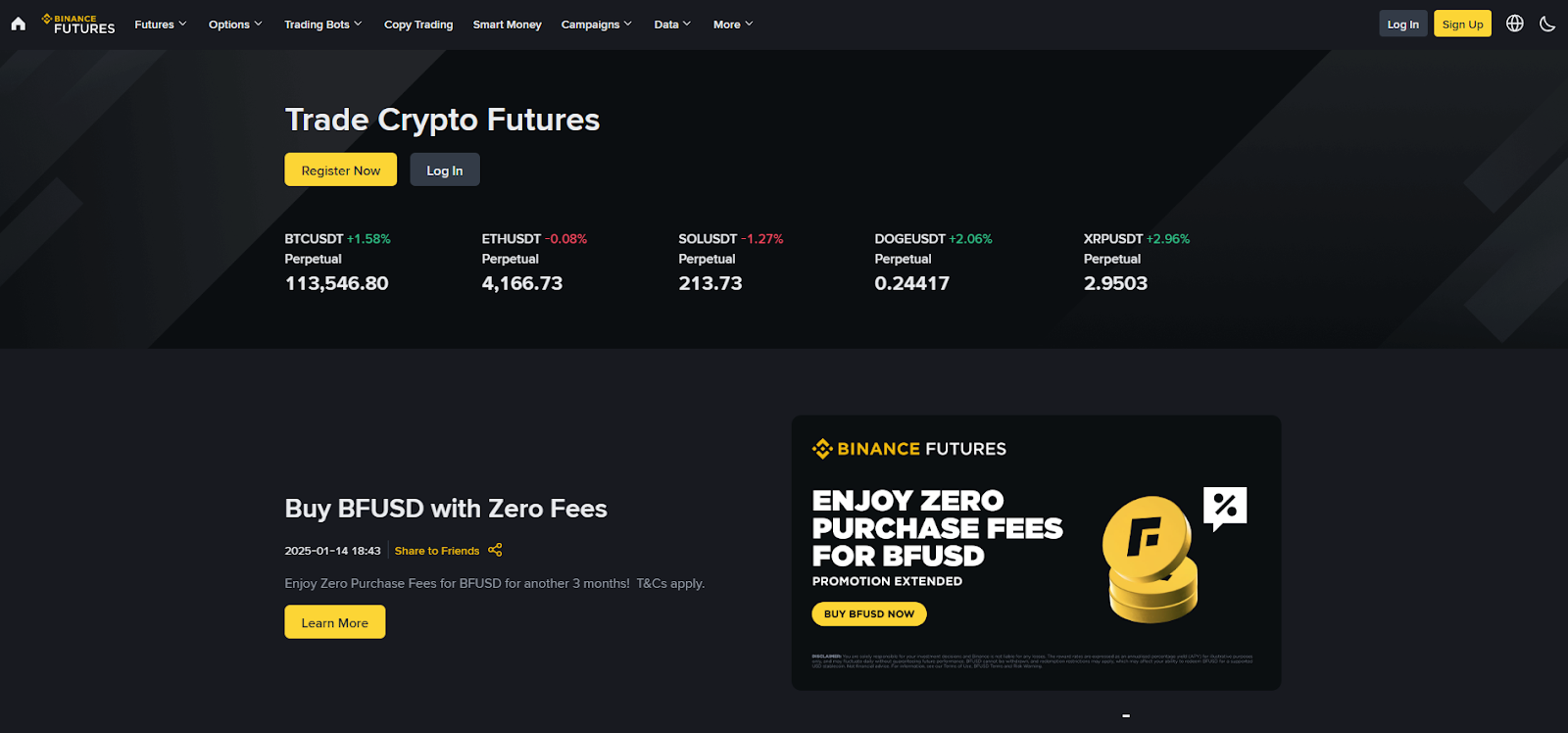
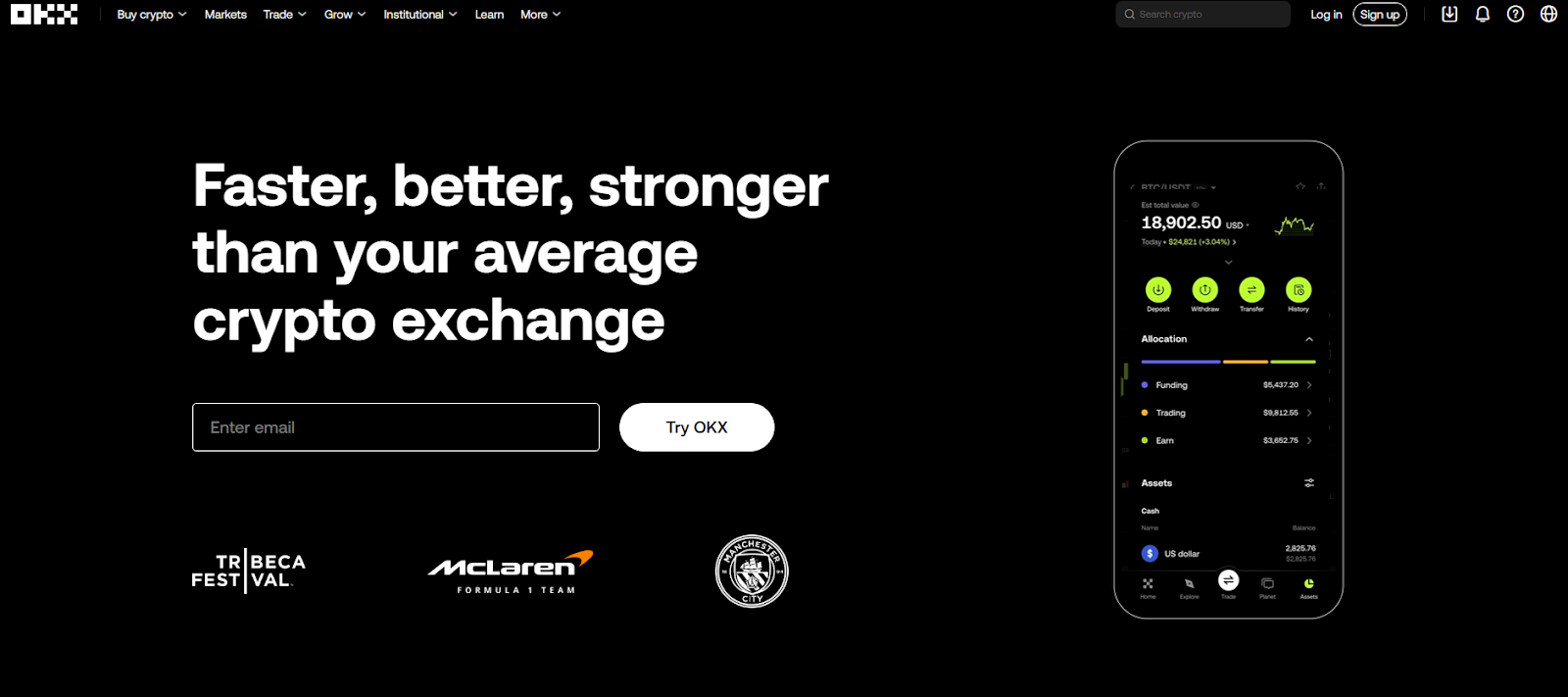
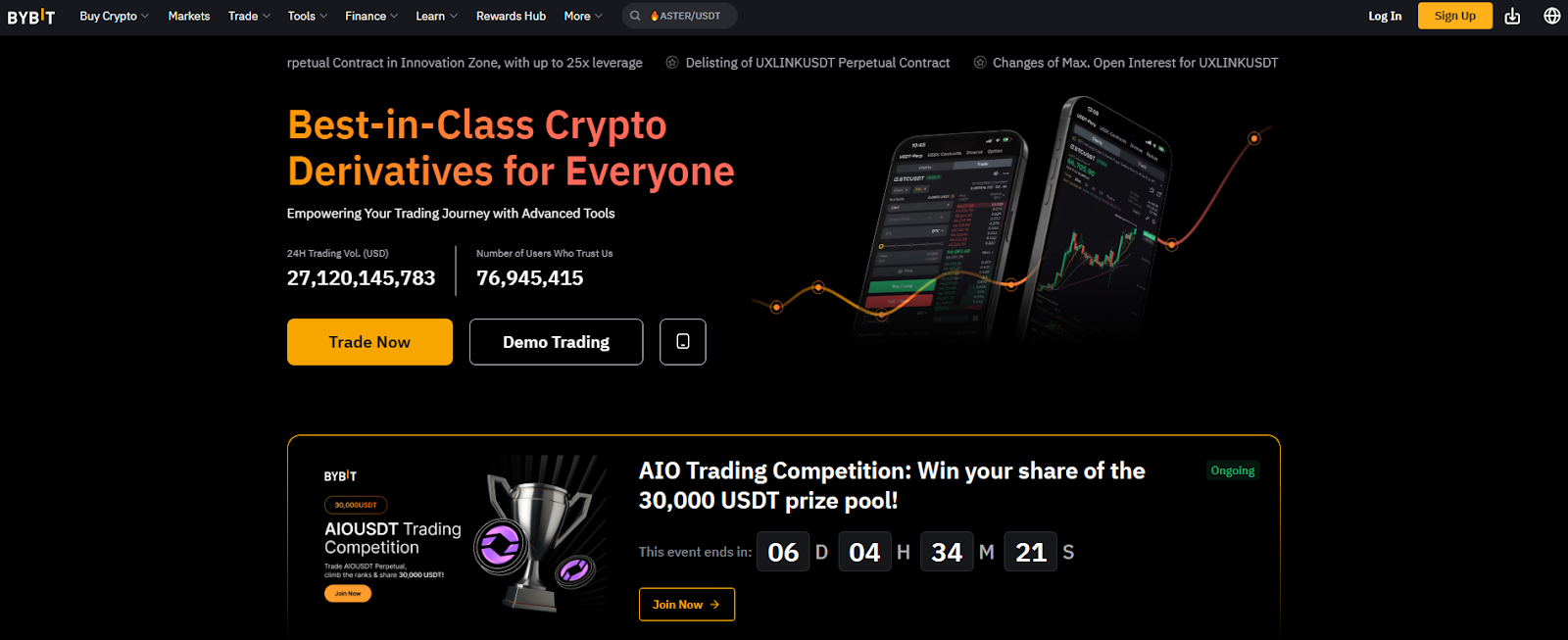








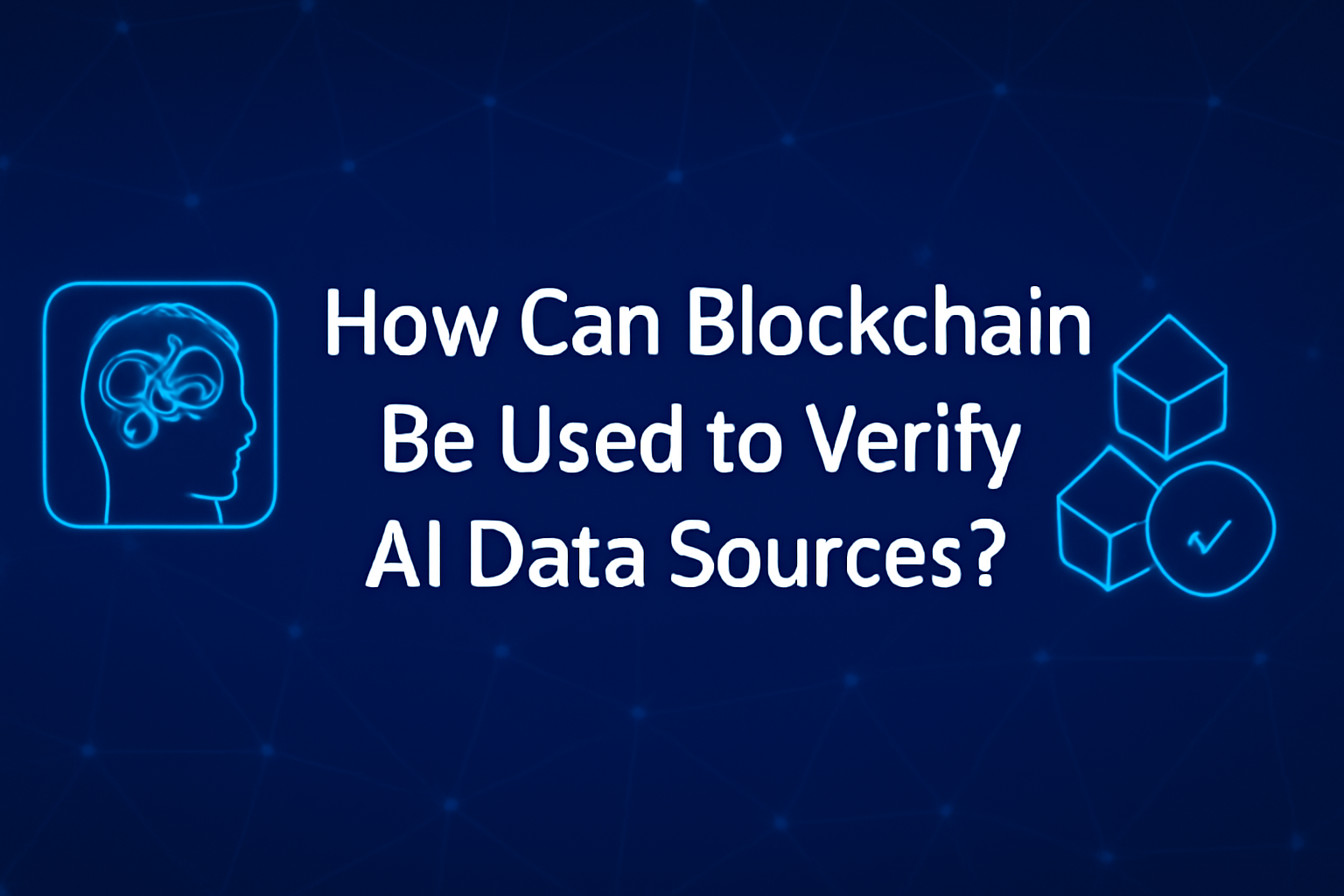



.svg)




.png)